

Since its introduction last year, Metroid: Other M has been touted as several different things. Some promotional materials suggest it’s a brand-new take on the franchise, depicting Samus Aran as an ass-kicking, skull-crushing heroine with hot new moves from developer Team Ninja. Other days Nintendo claims it’s still the Metroid you know and love, full of hidden power-ups and long periods of total isolation – just you against the hostile environment. And there’s still a third angle that says Other M is all about Samus’ personal background, and the story will be the most intense, cutscene-filled extravaganza a Nintendo console has ever seen.
These three viewpoints are indicative of the game itself – it’s a collection of very different ideas sandwiched into one game that occasionally can’t pull them all together. It often feels like Team Ninja had an idea, and Nintendo had an idea, and neither game was fully realized, opting instead to mash together first and third-person views when one or the other would have sufficed. Make no mistake, Other M has a few outstanding, franchise-defining moments as it draws to a close, but overall it’s a bit of a letdown.
Let’s begin with the most prominent addition to Other M, the thing that really sets it apart from the others – the Team Ninja-led action. Instead of simply blasting enemies to death over and over, now you engage them in a much more hands-on manner. Holding the Wii Remote like a classic NES controller, you press 1 to fire auto-targeted blasts (or hold to charge for a stronger shot) at enemies until they stumble. Once they do, Samus moves in for a flashy finishing move:
Above: A quick tap of the d-pad lets you dodge an incoming attack and instantly charge your cannon for a retaliatory blast
Above: With her enemy dazed, Samus moves in for the kill, Team Ninja style
Boom. Dead lizard. It’s startlingly cool to see a Nintendo character behaving so viciously. However, the actual combat mechanics never truly evolve, with no unlockable moves you’d find in any other Ninja Gaiden or God of War-style game. Yes, there are new weapons and abilities a la past Metroid games, but they’re more for exploration and item collecting, so they barely affect your combat strategy. Eventually you’ll start running past all the various creatures in search of your next objective or cleverly hidden power-up. And once you start avoiding the combat… well there goes one of the game’s biggest bullet points.
But that doesn’t make Samus’ acrobatics any less exciting. Here’s a small sampling of enemies and a couple of bosses to get the idea across.
Above: If only Other M could maintain this level of awesome
If you know your Metroid, you know Samus’ armament always includes missiles. In the other third-person (aka non-Prime) Metroid games, you’d hit Select or some other button to flip between beams and missiles – in Other M, you literally point the Wii Remote at the screen, lock on to a target and fire. The catch is that you’re unable to move while in this FPS view, so all the monsters can creep up on you, or fire back and knock back into third person, forcing you to line up the shot all over again. While some rather ingenious boss battles put this feature to good use, missiles are nearly pointless during a regular battle – a first for a Metroid title.
Above: Most of the game’s enemies are inconsequential, fast-moving critters. First-person view isn’t advised, as they crowd around Samus too quickly
The combination of repetitive combat that doesn’t require a great deal of skill and a largely unimpressive collection of enemies makes the action side of Other M a bit of a drag. If there were more emphasis on this aspect of the game, say with upgradeable melee moves or a wider variety of enemies that actually put up a good fight, it could have been as badass as the trailers would have you believe. Instead, we get a swath of ho-hum enemies and a handful of moderately tough monsters, neither of which require the kind of attention or reflexes the trailers would have you believe. It’s not until the end of the game that you’ll enjoy a couple of brilliantly laid out, highly demanding boss battles that pay serious fan service as well as make you wish the whole experience were that cool.
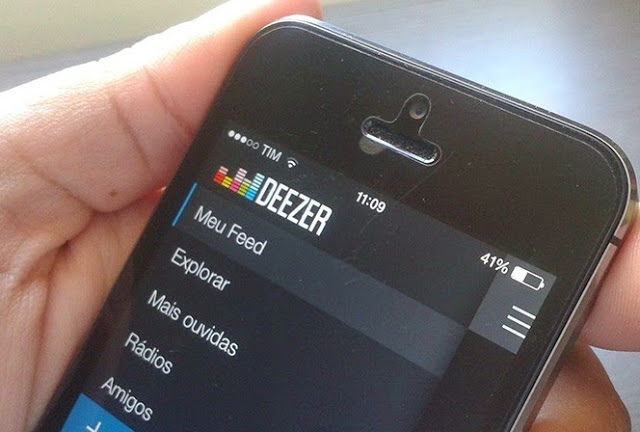
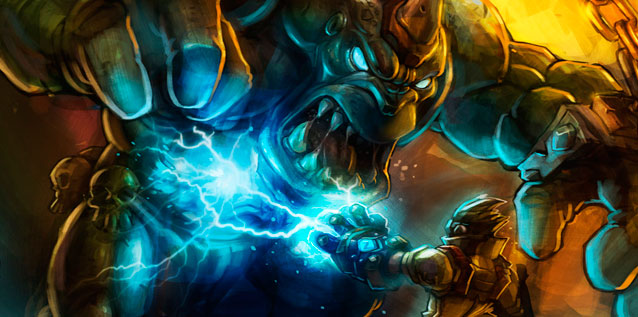
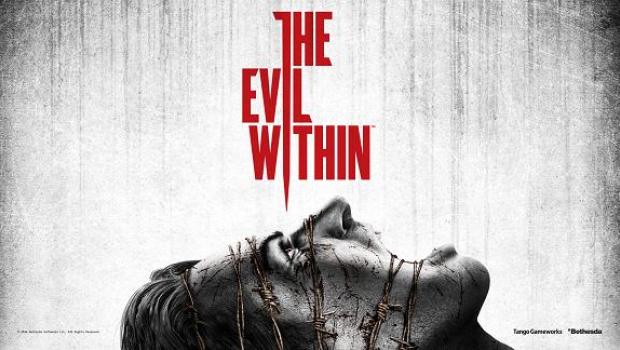
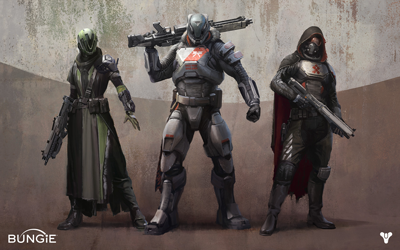
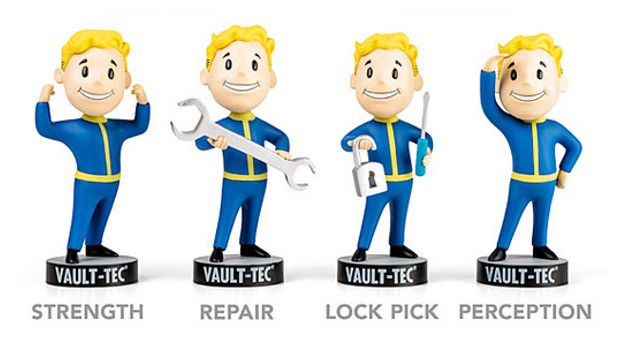 Fallout 4: All 20 Bobblehead Locations and Effects Guide
Fallout 4: All 20 Bobblehead Locations and Effects Guide Waves: Christina Aguilera reveals new song
Waves: Christina Aguilera reveals new song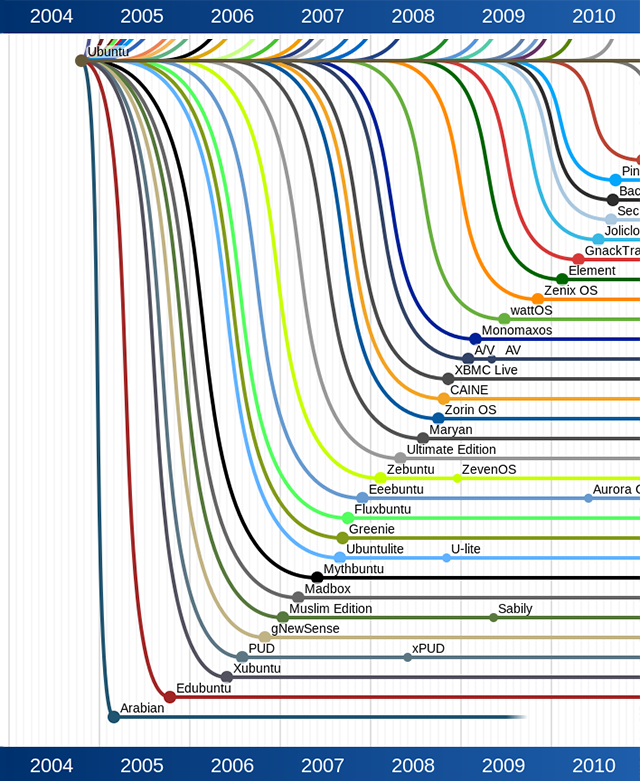 Why Isn't Linux Mainstream? 5 Flaws That Need Fixing
Why Isn't Linux Mainstream? 5 Flaws That Need Fixing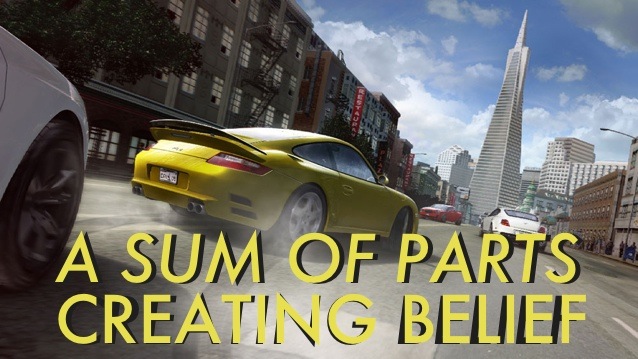 A Sum of Parts: Creating Belief
A Sum of Parts: Creating Belief Company of Heroes 2 Wiki .
Company of Heroes 2 Wiki .